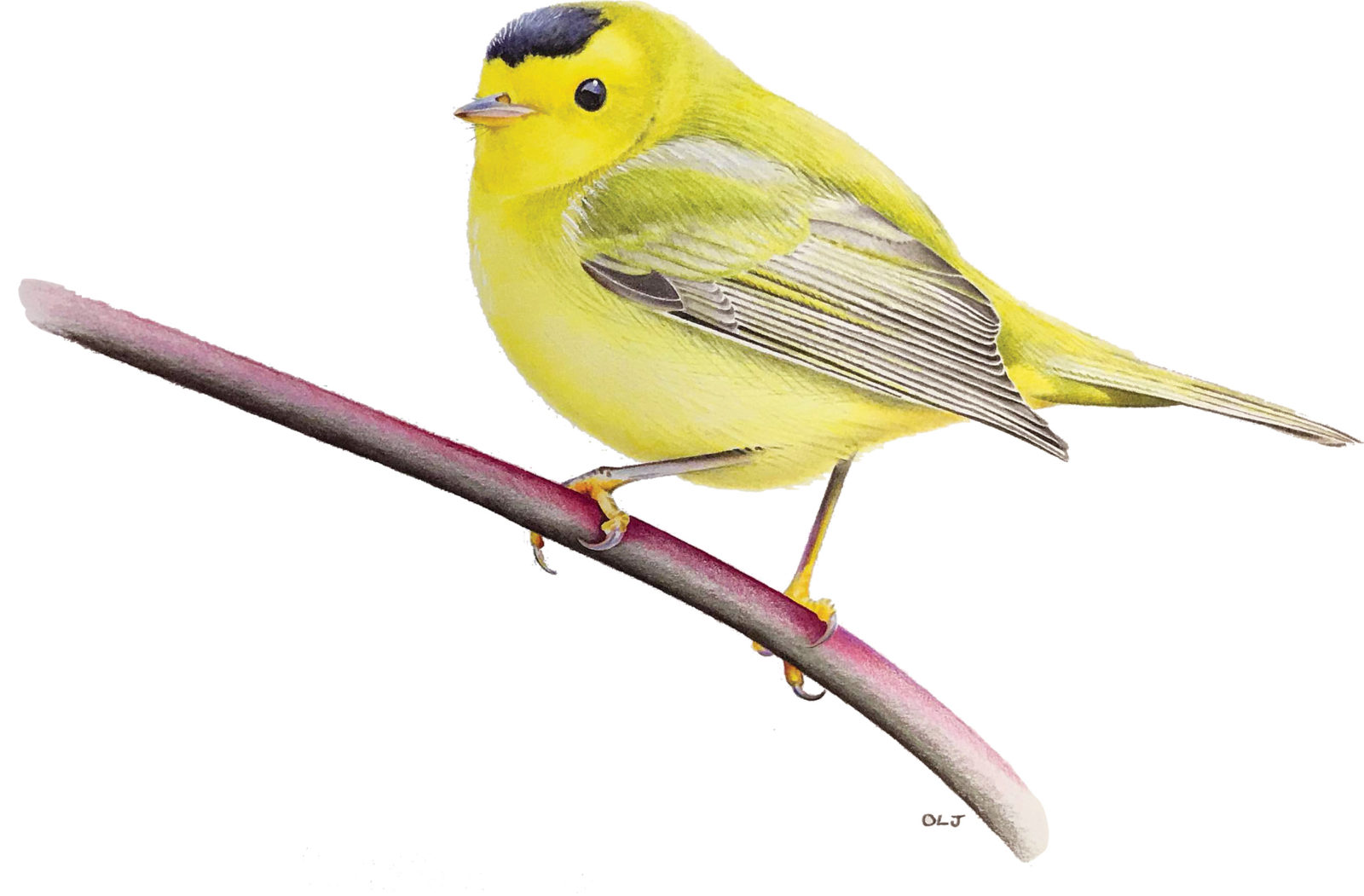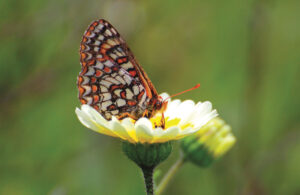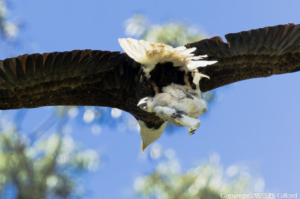
For a migratory bird, timing is everything. For maximal fitness, the sojourner’s itinerary must be precisely timed so that every step of its breeding cycle—arrival on the breeding ground, egg-laying, chick fledging, etc.—coincides with optimal availability of food and shelter. Arrive too early and you risk hazardous weather and starvation; too late and you may be left with an inferior territory in which to raise a family. Scientific news and journal stories decry rapid climate change as a logistical disaster for migratory birds and other creatures, saying hundreds of species will likely be driven to extinction by climate disruption. For the most vulnerable species, this is agonizingly true. But isn’t migration itself partly an adaptation to intra-annual changes in climate? Might migrating birds have some innate capacity to adapt to global climate change?
Lots of evidence suggests that, yes, in fact, many birds are shifting the timing of important seasonal events like migration and breeding to keep up with optimal conditions. Typically, this means an earlier arrival and an earlier onset of the breeding cycle, but in some cases, birds now arrive later than they once did.
Migratory birds across North America and Europe are generally arriving sooner to their breeding grounds, by two days per decade on average. More locally, UC Berkeley researchers recently returned to some of the locations of century-old surveys around the state and found evidence that many California birds, seasonal visitors and residents alike, are initiating breeding nearly nine days earlier on average, probably in pursuit of cooler temperatures.
But there are important exceptions to these trends. The Wilson’s warblers that raise their families in the Bay Area arrive from their wintering grounds in Mexico right around the vernal equinox. Thirty-six years of local data from the Palomarin Field Station in Point Reyes suggest that Wilson’s warblers, in contrast to the global trend, are instead arriving later than they once did, by about one day per decade.
Recently, and also in contrast to the dominant trend, spring greening and blooming is arriving later in some western forests, not earlier. The warblers’ delayed arrival may be important because the leafing out of spring vegetation correlates with the availability of yummy herbivorous insects, a primary staple for warblers. In sum, the Wilson’s warblers of Point Reyes appear to be responding to a changing climate, but somewhat counterintuitively, that adaptation may mean a tardy arrival relative to times past.
Even so, it’s unclear whether the Warblers’ rejiggered schedule is sufficient to keep up with the changes afoot. According to one recent study, the mismatch between spring greening and the arrival of some western species, may be growing. With a delayed spring, these migrants are showing up too early. (The mismatch on the East Coast runs in the opposite direction. Migrants are arriving earlier there, but not early enough to keep up with the advancement of spring green-up). The implication is that some birds in our region seem to be adjusting but still falling out of sync with their ideal conditions.
The bigger lesson is that our understanding of how migratory birds are responding to climate change is a work in progress and trends gleaned from one region or population can’t necessarily be applied to the broader context—life is complicated! And the Bay Area, with its uniquely mild climate, presents even more nuance. For instance, although spring greening has recently arrived later in areas to our north, including Point Reyes, the trend in the Bay Area is less apparent.
Here’s yet another layer: several distinct populations of Wilson’s warblers visit the region. Those that terminate their journey in the Bay Area make a relatively short trip compared to the Wilson’s warblers that only pass through and it’s unclear if they’re all adapting equally well to changing conditions. The populations of Wilson’s that summer at the highest latitudes (as far away as the Brooks Range in Alaska) tend to winter at the southernmost limits of the species’ wintering range in Central America, leapfrogging back and forth every year over our local Wilson’s. Because these marathon types have farther to travel, they appear in the Bay Area weeks behind the birds that summer here. So far, evidence suggests long-distance migrants may be at a distinct disadvantage compared to shorter-distance migrants, and less able to keep up with changes at their summering grounds. In an age of climate disruption, here’s hoping that those who make a home on the road, avian and otherwise, find safe harbor!




